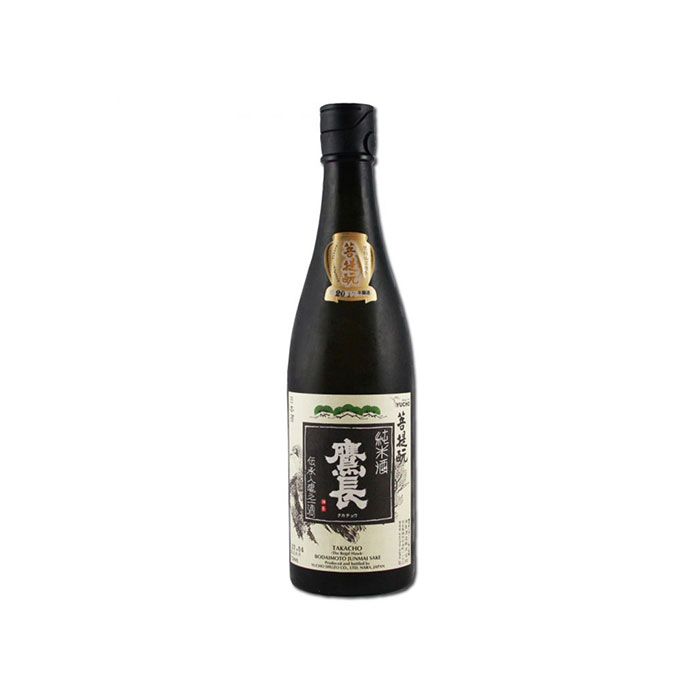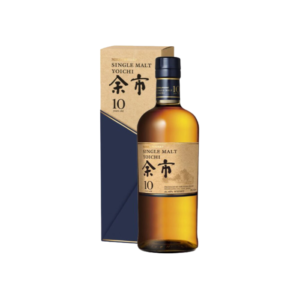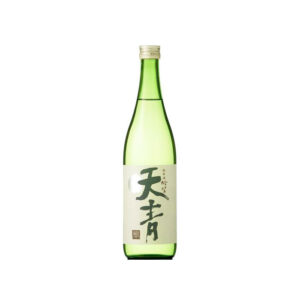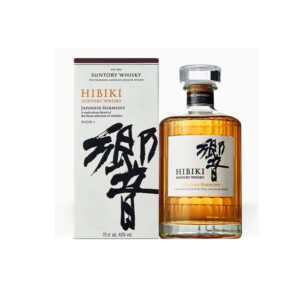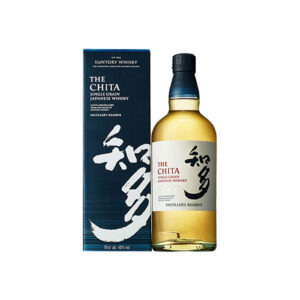This is a Junmai sake brewed using the traditional Nara method of Bodaimoto. The rich and complex taste of Umami leaves great impressions of sophisticated Junmai sake.
bodaimoto is the oldest of these traditional methods, with its roots going back to the Muromachi period (1400s). What is interesting, however, is that its production process actually has much more in common with the modern sokujo (fermentation method): instead of cultivating lactic acid during the moto (first fermentation) phase, an additional mixture of raw rice and water is prepared beforehand. Over time, this mixture will give rise to a lactic fermentation which, once completed, can be drained and used to prepare a standard moto.
Needless to say, this rather complex brewing style also results in a very funky and nuanced sake, often notable for its pronounced acidity. This sake is no exception, and has a wonderfully juicy, full-bodied acidity to match its weight in the mouth. This particular Takacho, however, has another ace up its sleeve that is sure to polarize opinions: it has been aged for over 3 years without pasteurization. Aged nama (unpasteurized sake) is nothing new or particularly unique these days, although it remains a very niche segment of the market. However, a sake as complex and intriguing as this one certainly bodes well for its potential future growth.

